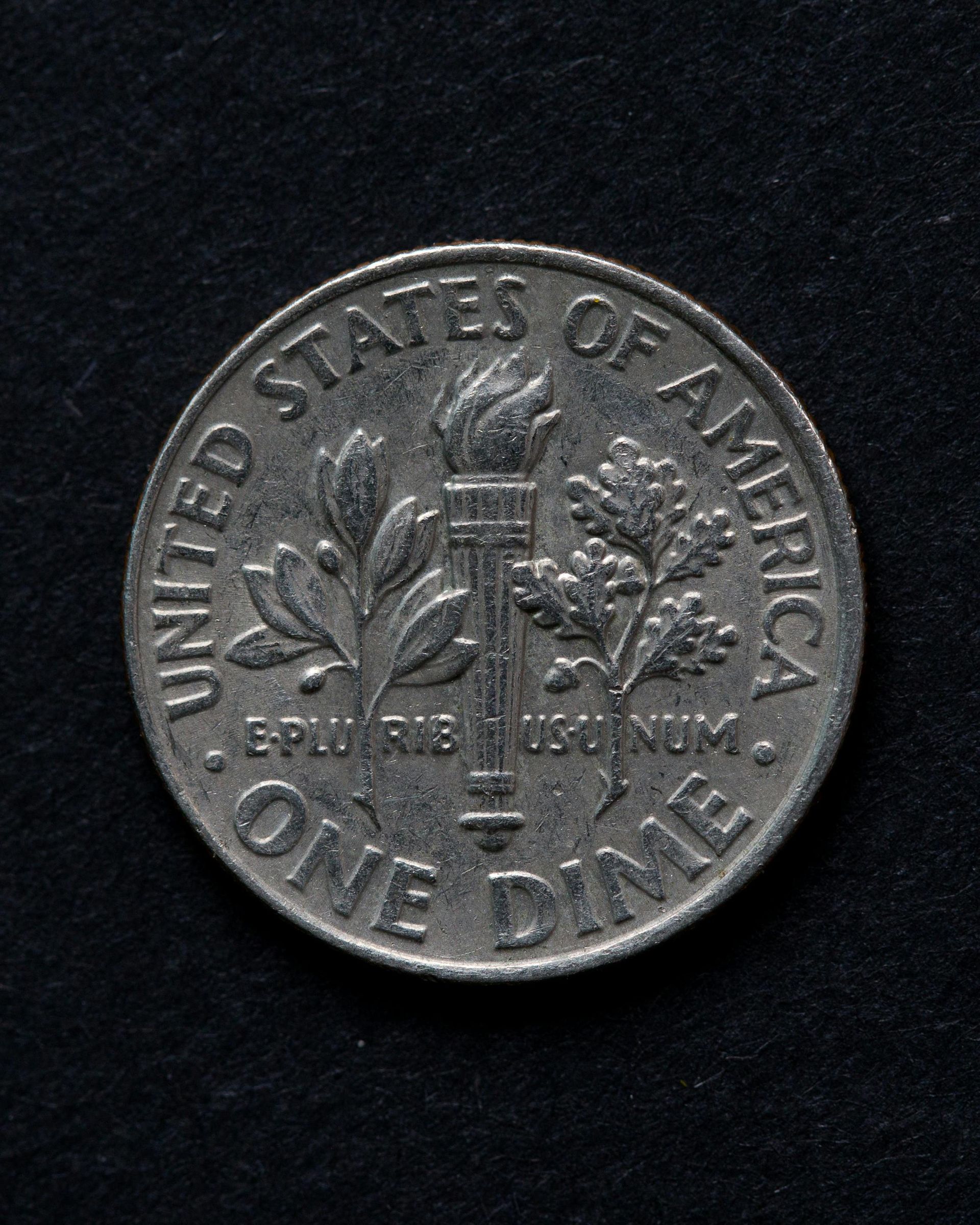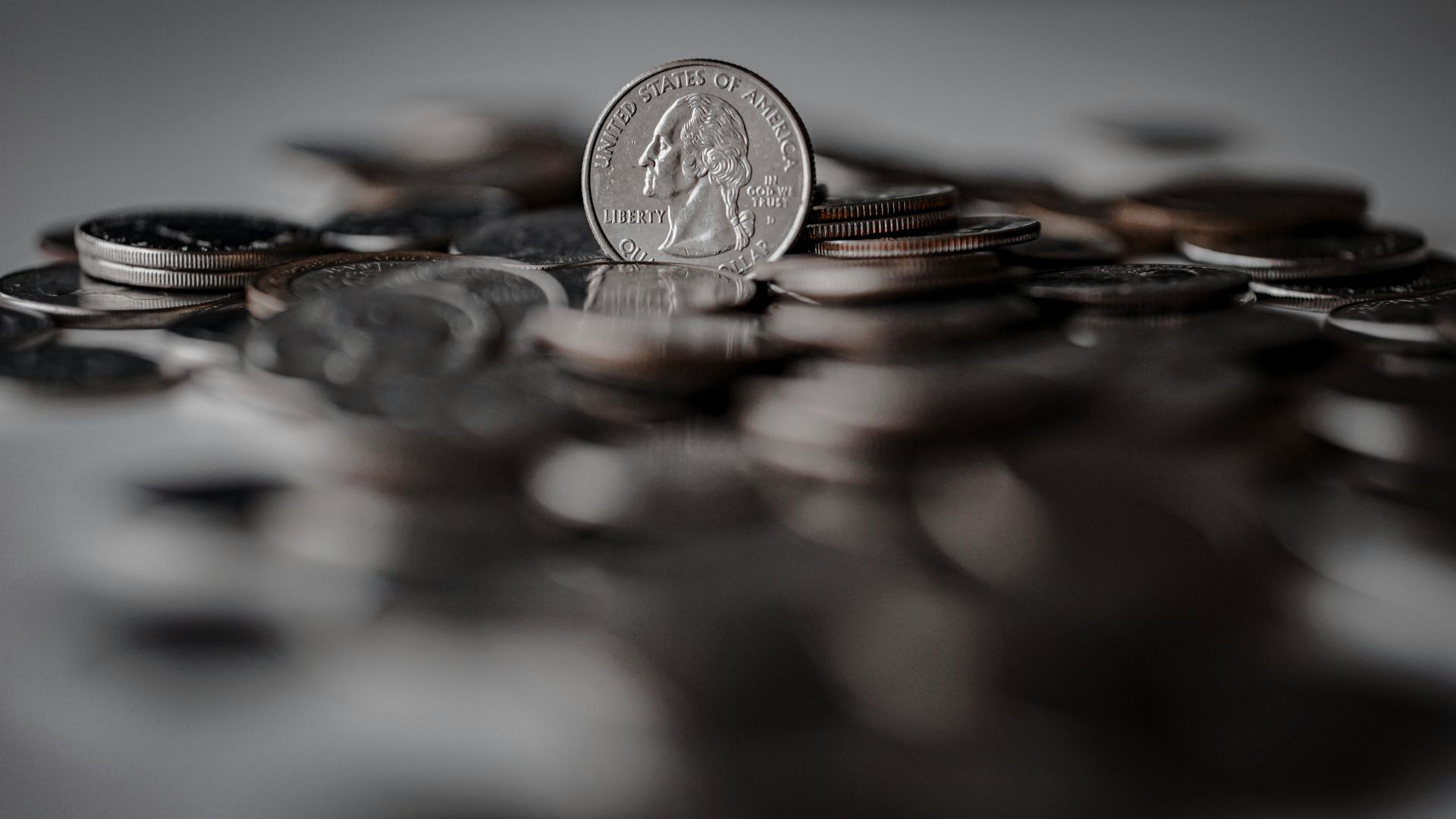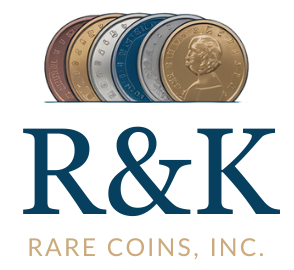Understanding Numismatics: The Fascinating World of Coins
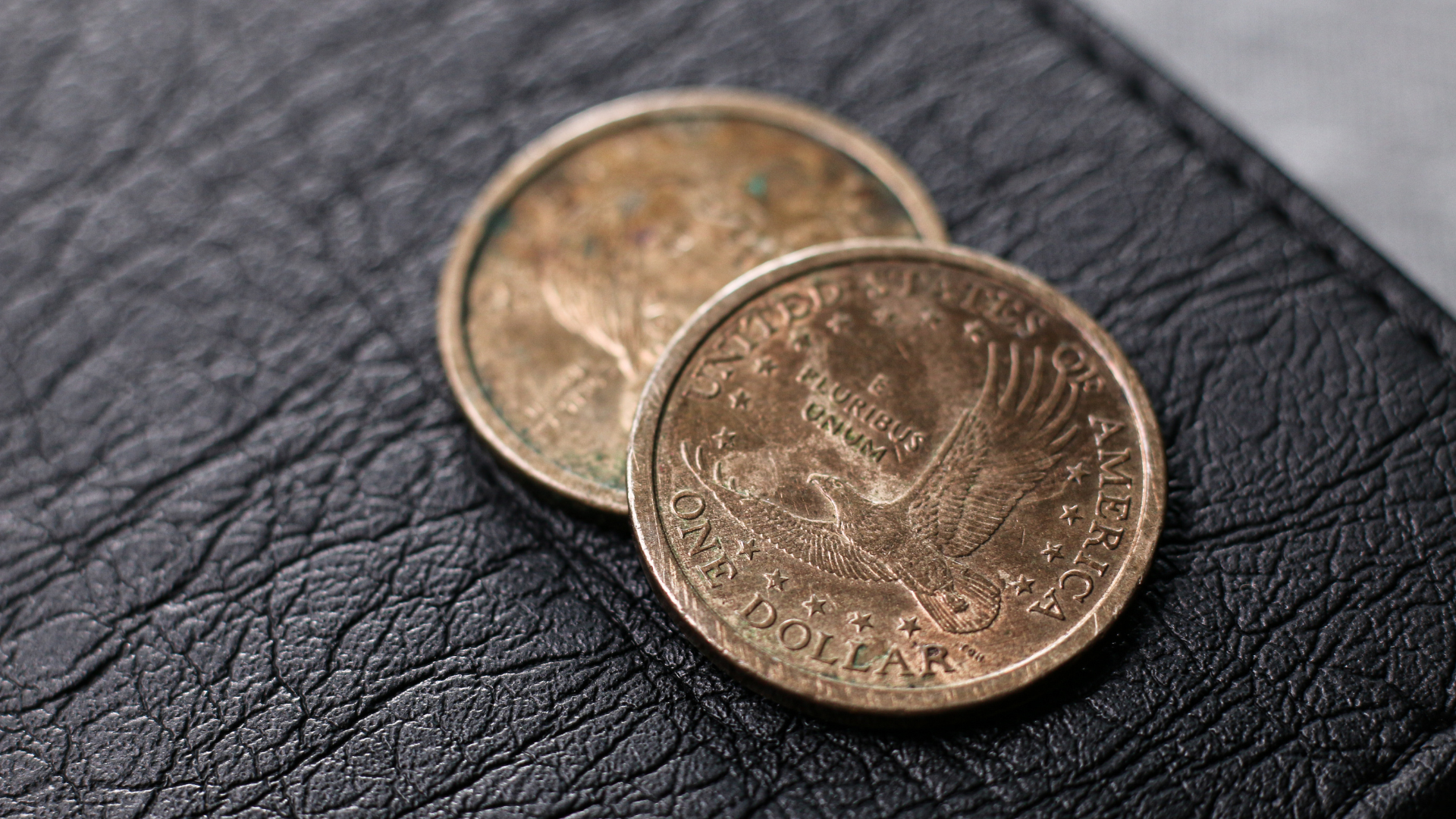
Numismatics, the study and collection of coins, is a field rich in history and intrigue. Enthusiasts and collectors alike find great joy in discovering unique pieces that tell a story from the past. Whether you are just beginning your journey or are an experienced collector, understanding the different categories of coins can enhance your appreciation and investment in this timeless hobby.
What is Numismatics?
Numismatics, the study and collection of coins, paper currency, and related items, goes far beyond simply owning rare coins. It’s an engaging pursuit that allows you to delve into the history, economics, and culture that each coin represents. Numismatics can be both a hobby and a scholarly endeavor—combining research, investment, and exploration. Coins are more than just currency; they are tangible representations of a society's values, achievements, and evolution. Whether you're starting a collection or simply fascinated by the history they embody, numismatics offers an immersive way to explore the past.
The Origins of Coinage
Coins have been integral to economies for thousands of years, and their origins date back to ancient civilizations. The first coins were struck in
Lydia (modern-day Turkey) around 600 BC, made from electrum, a naturally occurring alloy of gold and silver. These early coins were a means of facilitating trade, replacing the cumbersome barter system. Over time, ancient cultures such as the Greeks, Romans, and Egyptians refined coinage, with coins becoming both a medium for exchange and a canvas for artistic expression.
As coinage spread across the globe, it played a pivotal role in shaping economies and facilitating the rise of powerful empires. Coins from these eras, such as Roman denarii and Greek drachmas, hold immense historical value today, not just for their precious metal content, but for the stories they tell about ancient societies.
What Makes a Coin Valuable?
The value of a coin is not solely determined by its metal content; several factors contribute to its overall worth. Understanding what makes a coin valuable is essential for collectors and investors alike.
Key factors include:
- Rarity: Coins that were minted in small quantities or for a short period of time are considered rare. For example, pattern coins are test pieces that were never released into circulation, making them highly collectible and valuable.
- Condition: Coins are graded based on their physical condition, with higher-grade coins often fetching higher prices. A coin in mint condition (often referred to as MS70) can be far more valuable than one that shows significant wear.
- Historical Significance: Coins associated with important historical events, such as Civil War coins, are often more valuable due to their connection to major moments in history.
- Demand: Market demand can also drive the price of coins up. Coins like gold coins and silver dollars are perennially in demand, partly due to their precious metal content and historical charm.
The Importance of Grading Coins
In numismatics, grading is a critical process used to assess the condition of a coin. Professional grading services, such as the
Numismatic Guaranty Corporation (NGC) or the
Professional Coin Grading Service (PCGS), assign coins a grade based on their appearance, including wear, luster, and any imperfections. The higher the grade, the more valuable the coin tends to be.
Coins can range from "Poor" (showing extensive wear) to "Mint State" (in perfect or near-perfect condition). For example, a graded silver dollar in mint condition could be worth much more than one with obvious signs of wear. Understanding the importance of grading is essential for anyone serious about collecting or investing in coins.
Rare Coins and Their Appeal
Rare coins are often the crown jewels of numismatic collections. What makes a coin rare can vary, but typically it’s due to a limited mintage or a design that was withdrawn before it had a chance to circulate widely. One example of rare coinage includes
Civil War coins, which hold historical importance. These coins were minted during the American Civil War, often using different metals or designs due to shortages of traditional materials.
Another example is pattern coins, which were struck to test new designs but were never released for circulation. These coins are especially valuable due to their limited number. Whether it’s due to rarity, historical relevance, or simply the limited supply of certain designs, rare coins are highly sought after in the numismatic world.
Pattern Coins: The Hidden Gems of Numismatics
One of the most intriguing aspects of numismatics is
pattern coins. These coins were struck as test pieces by mints to evaluate new designs before they were approved for mass production. Because they were never intended for public circulation, they are often incredibly rare and highly sought after by collectors. Pattern coins offer collectors a unique glimpse into the design process of the mint, showcasing how designs were tested and refined before being released into circulation.
For example, the 1839 Liberty Head pattern coin is one of the most famous coins in American numismatic history. These types of coins represent the pinnacle of rarity and are highly prized due to their historical and design significance.
How to Build a Coin Collection
Starting a coin collection is a fulfilling and educational pursuit, but it requires knowledge, patience, and a bit of strategy.
Here’s a step-by-step guide to building your own collection:
- Determine Your Focus: Decide what kind of coins you want to collect. It could be based on a specific period of history (like
Roman coins) or a particular type (such as
gold coins or
silver dollars).
- Start Small: If you're new to collecting, begin with coins that are less expensive but still of interest to you. As you grow more familiar with the hobby, you can gradually increase the value of the coins you collect.
- Research and Learn: Knowledge is key in numismatics. Learn about the history behind the coins you're interested in, their market value, and grading systems.
- Buy from Reputable Dealers: Always buy coins from trusted dealers, auction houses, or well-known coin shows to ensure you’re getting authentic, properly graded pieces.
- Protect Your Collection: Proper storage is essential to maintain the value of your collection. Use protective cases for graded coins and store your collection in a safe, secure location to prevent damage.
Coin Catalogs and Their Role in Collecting
Coin catalogs are invaluable resources for numismatists. These catalogs list coins by type, year, mint, and condition, and provide important details about each piece. They help collectors identify coins, assess their value, and stay up to date on market trends.
Catalogs also offer historical insights, allowing you to understand the context of the coins you collect.
By referring to a catalog, you can track your collection, ensure you're not missing key pieces, and confirm the authenticity and rarity of the coins in your possession. Using a well-respected catalog is a great way to deepen your knowledge of numismatics.
Storing and Protecting Your Coins
Proper storage is vital to preserve the value and condition of your coins. Coins, especially
graded coins, should be kept in protective cases to avoid scratches, tarnish, or other forms of damage.
Here are some best practices:
- Use Slabs:
Graded coins should be stored in protective slabs to ensure their condition remains intact.
- Avoid Direct Contact: Never touch your coins directly with your hands. Oil and dirt from your fingers can damage the surface.
- Climate Control: Coins should be stored in a cool, dry place to avoid oxidation or corrosion, especially for copper or silver coins.
- Safe Storage: For high-value coins, consider using a safe deposit box or a home safe with proper climate control.
Taking these precautions will help you maintain the value of your coins for years to come.
Start Your Numismatic Journey Today
Numismatics offers a fascinating world of discovery, where each coin is a window into history, culture, and art. Whether you're interested in rare coins like Civil War coins, gold coins, or pattern coins, there’s always something new to learn and explore. As you begin your collection, remember to research, protect, and grade your coins properly. Numismatics not only allows you to create a valuable collection but also connects you with the stories and people of the past. Start your journey today, and who knows what rare and historically significant coins you may uncover!
